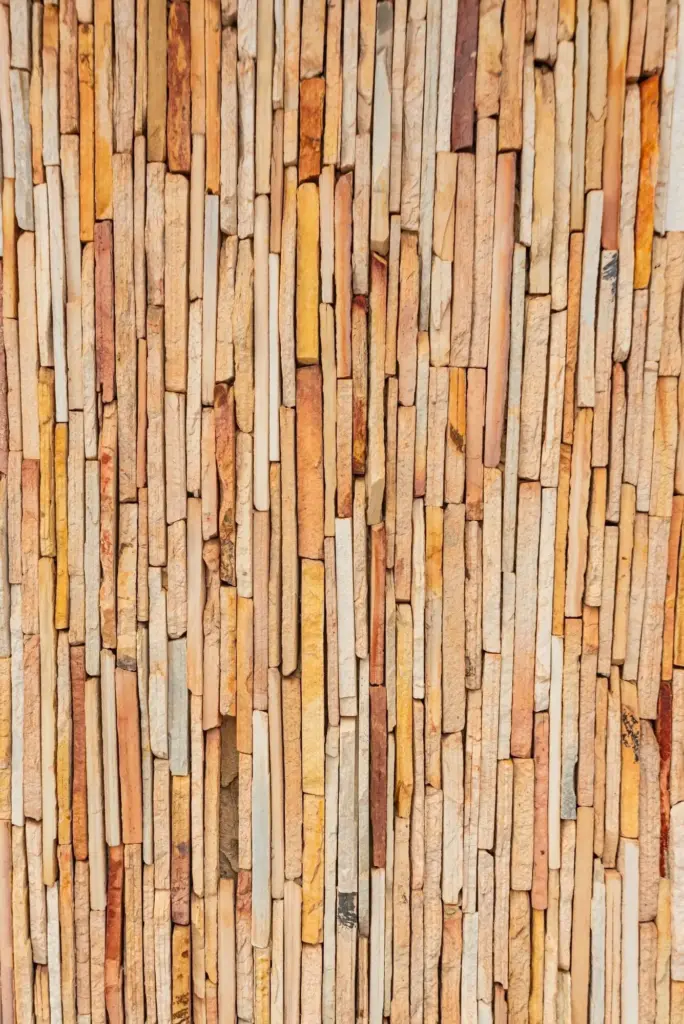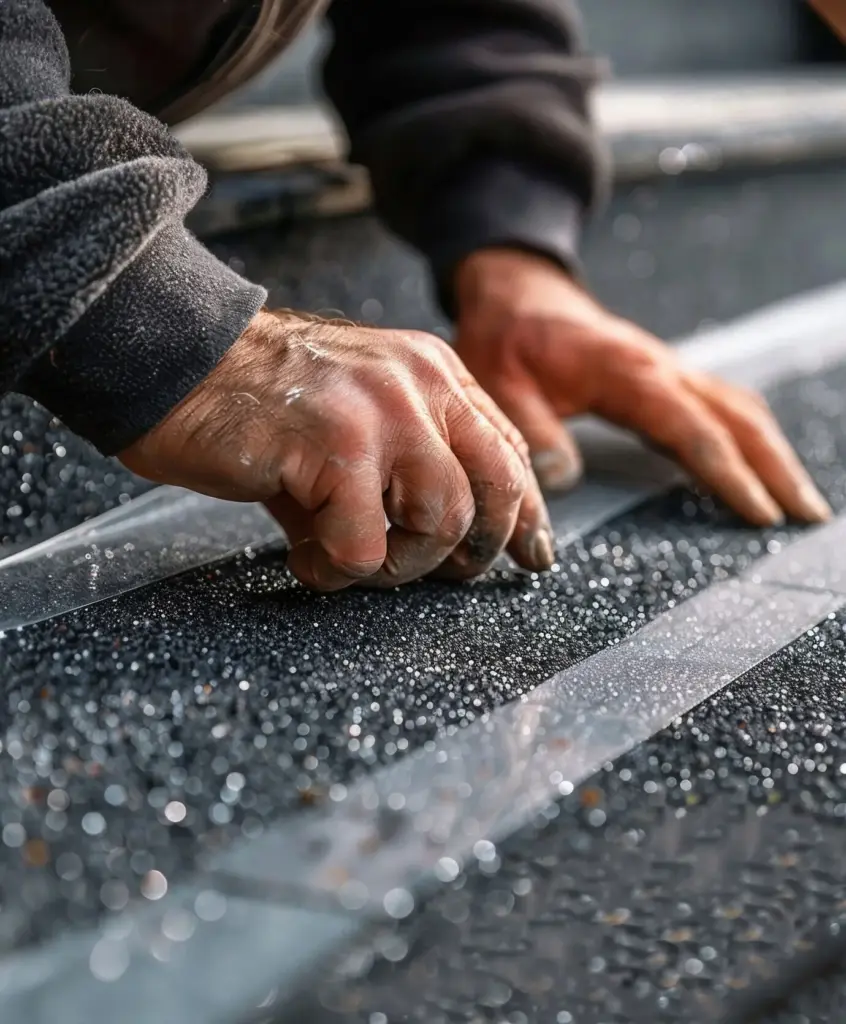Quiet Underfoot: Techniques and Tools for Fixing Squeaky Floors from Above and Below
Footsteps should be comforting, not embarrassing. Here we dive into fixing squeaky floors from above versus below, exploring effective techniques, smart tools, and practical decision-making. You’ll learn how to trace the sound, choose minimally invasive methods, and achieve durable, nearly invisible results without tearing up entire rooms or settling for temporary quick fixes.
Why Floors Squeak: Inside the Structure
Most squeaks arise when wood components rub or fasteners move under load. Subfloor panels flex against joists, nails lift and drop, or tongue-and-groove edges chatter as humidity shifts. Understanding these tiny movements helps you target the precise contact points, rather than blanketing the area with guesswork. We’ll connect common noises to specific assemblies so each fix addresses the exact friction, gap, or loosened fastener causing the persistent creak.
Find the Joist Precisely
Start with a strong magnet to locate buried nails, then confirm spacing with a stud finder and tapping test. Probe along seams to map joists reliably. In hardwood, look for nail rows. Under carpet, drive a thin finish nail in an inconspicuous spot to verify backing and framing before committing screws.
Trim-Head Screws and Plugged Holes
Pilot and countersink through the finish board into the joist, drawing subfloor tight without splitting. Use color-matched wood filler, wax sticks, or tapered plugs cut from scrap to disguise the repair. Space fasteners along the noisy path, checking progress after each screw so you only do as much as necessary.
From Below: Structural Control at the Source
Open basements and crawlspaces give direct access to joists, subfloor seams, and utilities. Here you can stiffen long spans, close gaps, and reattach panels with the grain of the structure, often achieving the most durable fix. Work methodically from the squeak’s location, replicate footsteps from above, and secure parts that visibly move when the load transfers.
Shim Gently, Glue Wisely
Where the subfloor barely touches a joist, slide in a tapered wood shim until resistance begins, then back off slightly to avoid jacking the floor. Add construction adhesive to close the micro-gap. Too much force will crown the finish; aim to eliminate friction, not lift the house.
Blocking and Bridging
Install solid blocking between joists at subfloor seams to prevent edges from flexing independently. For long, lively spans, consider metal bridging or solid cross-bracing to share load between members. Fasten with structural screws or nails, adhesive at contact faces, and verify squeaks fade as springiness disappears under footfall tests.
Re-fastening and Sistering
Drive construction screws up through joists into the subfloor where nails have loosened, spacing every six to eight inches along the noisy path. If joists are undersized or notched, sister new lumber to restore stiffness. Combining mechanical fastening with polyurethane adhesive transforms intermittent rubbing into a solid, silent bond.
Tools and Materials That Pay for Themselves
Accurate diagnosis and clean repairs depend on a thoughtful kit. A strong rare-earth magnet, stud finder, headlamp, and chalk help you map framing. A right-angle drill, impact driver, countersink, and trim-head screws execute above-floor fixes, while adhesive, blocks, and clamps deliver below-floor strength. Add patience, and the squeak becomes just a memory.

Deciding: Above or Below?

Signals Favoring Work From Above
You have finished ceilings below, historic plaster you don’t want to disturb, or simply one stubborn board telegraphing a noise. Precise screws through the finish into the joist can clamp layers effectively. Small, well-placed holes patch quickly, preserving trim, paint, and schedules when time is tight.

Signals Favoring Work From Below
You can see joists, utilities are already exposed, or several areas squeak across a span. Below, reinforcement stops movement at its source with blocking, adhesive, and sistering. The visible feedback as someone walks above accelerates diagnosis, reducing guesswork and limiting the number of fasteners needed for lasting silence.

Confirm With Simple Tests
Have a helper step precisely on the noisy spot while you press, wedge, or screw test fasteners. If a temporary clamp or shim stops the sound, scale up that method permanently. If the noise migrates, trace the structure further until your fasteners join the truly moving parts.


Safety and Hidden Variables
Silencing a floor is satisfying, but safety drives every choice. Protect eyes and lungs from dust, and respect electrical, plumbing, and radiant heat runs. Pre-drill near edges, watch for brittle finishes, and work slowly in crawlspaces. Good lighting, knee protection, and a planned exit path keep the project comfortable and predictable.
Case Studies, Tips, and Community Wisdom
Real houses teach best. These stories show how small clues narrowed the search, why certain tools mattered, and how patient testing avoided unnecessary holes. Share your experiences in the comments, subscribe for deep dives, and tell us which tricky noises you conquered so others can learn from your victories.
All Rights Reserved.